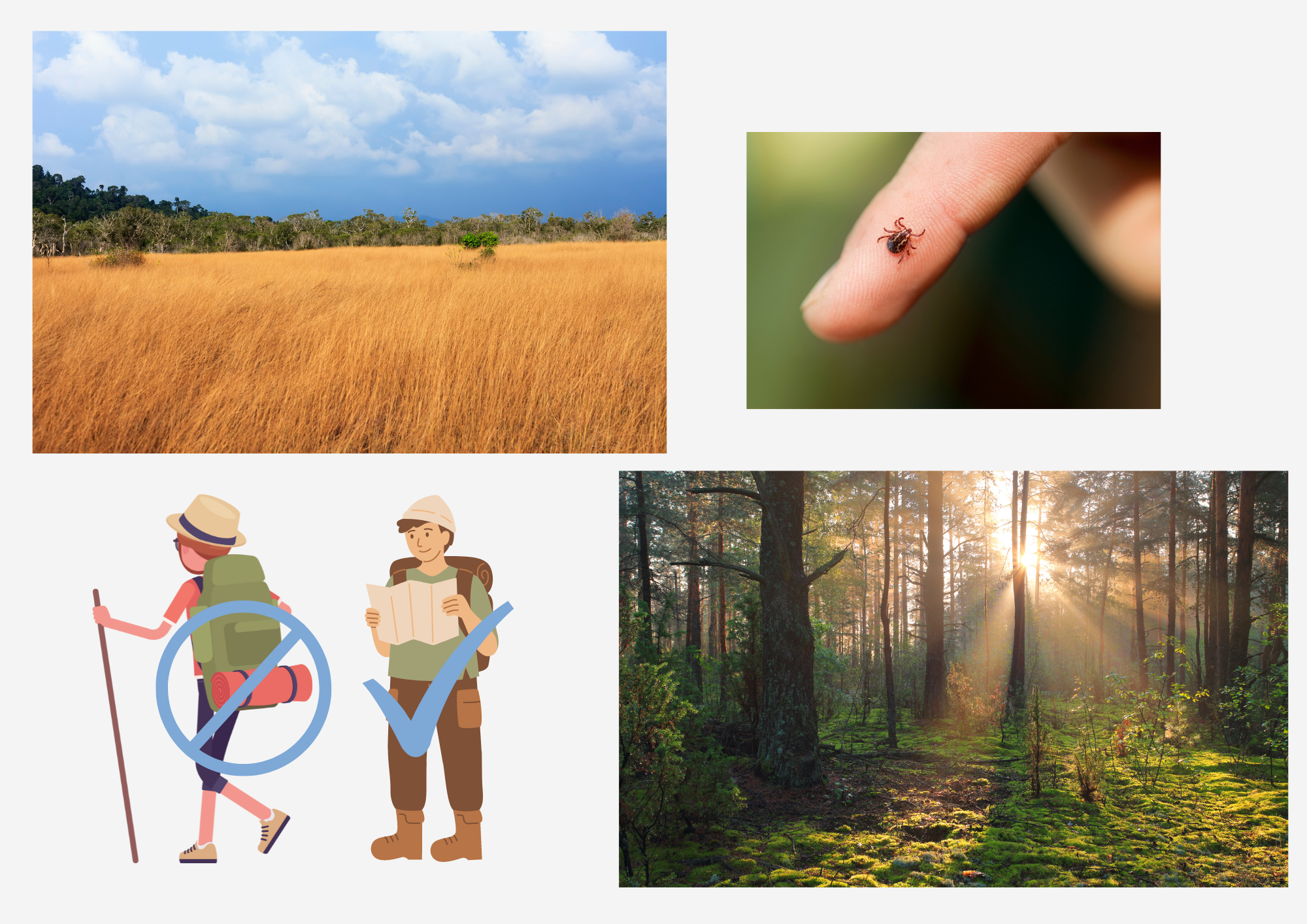by Tharien van Eck, AWC Antwerp and Health Team Co-Chair
 It’s that time of the year when we put on our walking shoes or saddle up a horse to go exploring, enjoying the outdoors after the long, dreary European winter (and absent spring), and getting some much-needed exercise. In our enthusiasm to walk, we often forget about ticks, spiders, snakes, and other creatures that may cross our paths.
It’s that time of the year when we put on our walking shoes or saddle up a horse to go exploring, enjoying the outdoors after the long, dreary European winter (and absent spring), and getting some much-needed exercise. In our enthusiasm to walk, we often forget about ticks, spiders, snakes, and other creatures that may cross our paths.
Over coffee, a friend recently shared the long journey to get her son diagnosed with Lyme disease and its impact on him and their family. This prompted me to write a short article about the disease.
Lyme disease: An overview
Lyme disease is an illness caused by the Borrelia bacteria, carried by ticks. The disease is named after the town of Lyme, Connecticut, where it was first identified in 1975. Ticks typically thrive in wooded areas but can also be found in grasslands. Lyme disease is common in the upper Midwest, the northeastern and mid-Atlantic states of the US, Europe, and south-central and southeastern Canada. Climate change has resulted in the expansion of tick populations into new regions, putting more people at risk.
Preventing tick bites
To reduce the risk of being bitten by a tick, follow these steps:
- Treat clothes and camping gear with a 0.5% permethrin solution.
- Wear long pants and high socks rather than shorts.
- Avoid grass and leaves, and stay in the center of a trail.
- Inspect your clothes and yourself while walking for the presence of ticks.
- Learn how to remove ticks safely; look here for guidance.
Recognizing symptoms
It is important to recognise the symptoms, and be highly suspicious of the disease when bitten:
- Early localized stage (3–30 days after tick bite) will present with a rash at the site of the tick bite and flu-like symptoms.
- Early disseminated stage (days to weeks after tick bite): rashes will appear on other parts of the body, with the possible development of neurological symptoms (meningitis, nerve pain, etc.) and heart issues (irregular heart beat).
- Late disseminated stage (months to years after tick bite): arthritis with severe joint pain and swelling, and the development of chronic neurological complaints.
Diagnosis
Diagnosing Lyme disease can be very challenging. Physicians need to have a high index of suspicion, and patients should provide a detailed history. Diagnosis typically relies on:
- Clinical symptoms
- Patient’s history of possible exposure to infected ticks
- Laboratory tests: enzyme-linked immunosorbent assay (ELISA) followed by a Western blot test to confirm the diagnosis.
Treatment
Treatment of Lyme disease involves antibiotics. The choice of antibiotic and the duration of treatment depend on the stage of the disease and the specific symptoms:
- Early stages: doxycycline, amoxicillin, or cefuroxime for 14–21 days.
- Later stages or severe cases: intravenous antibiotics like ceftriaxone may be necessary.
Long-term outlook
Most people make a full recovery, especially when diagnosed and treated early. However, some individuals may experience lingering symptoms, known as Post-Treatment Lyme Disease Syndrome (PTLDS), which can include fatigue, pain, and cognitive difficulties.
Prevention is key
The best way to deal with Lyme disease is to prevent it:
- Wear appropriate clothing
- Check yourself thoroughly after a hike, not just your legs, but your whole body!
Stay safe and enjoy the outdoors responsibly!
Image credit: Canva
